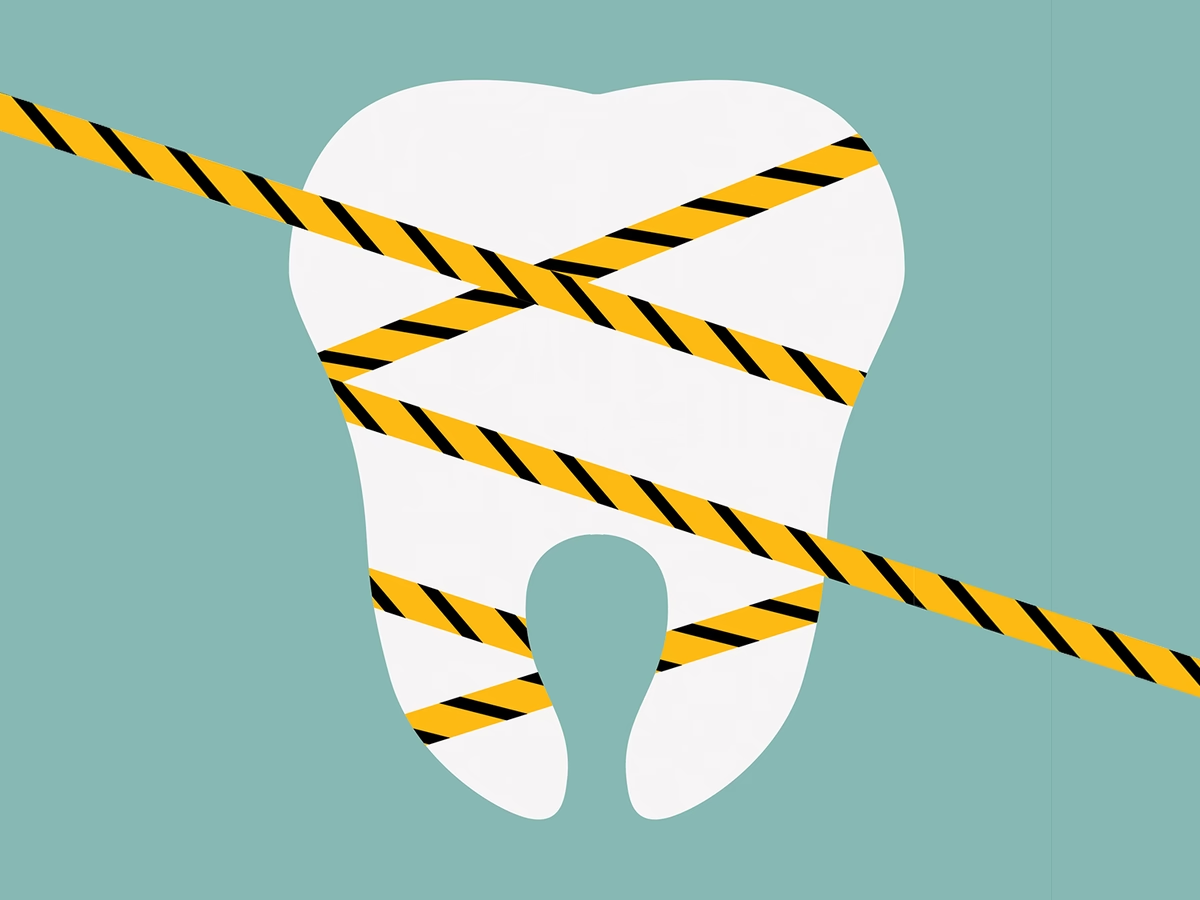- Home
- Medical news & Guidelines
- Anesthesiology
- Cardiology and CTVS
- Critical Care
- Dentistry
- Dermatology
- Diabetes and Endocrinology
- ENT
- Gastroenterology
- Medicine
- Nephrology
- Neurology
- Obstretics-Gynaecology
- Oncology
- Ophthalmology
- Orthopaedics
- Pediatrics-Neonatology
- Psychiatry
- Pulmonology
- Radiology
- Surgery
- Urology
- Laboratory Medicine
- Diet
- Nursing
- Paramedical
- Physiotherapy
- Health news
- Fact Check
- Bone Health Fact Check
- Brain Health Fact Check
- Cancer Related Fact Check
- Child Care Fact Check
- Dental and oral health fact check
- Diabetes and metabolic health fact check
- Diet and Nutrition Fact Check
- Eye and ENT Care Fact Check
- Fitness fact check
- Gut health fact check
- Heart health fact check
- Kidney health fact check
- Medical education fact check
- Men's health fact check
- Respiratory fact check
- Skin and hair care fact check
- Vaccine and Immunization fact check
- Women's health fact check
- AYUSH
- State News
- Andaman and Nicobar Islands
- Andhra Pradesh
- Arunachal Pradesh
- Assam
- Bihar
- Chandigarh
- Chattisgarh
- Dadra and Nagar Haveli
- Daman and Diu
- Delhi
- Goa
- Gujarat
- Haryana
- Himachal Pradesh
- Jammu & Kashmir
- Jharkhand
- Karnataka
- Kerala
- Ladakh
- Lakshadweep
- Madhya Pradesh
- Maharashtra
- Manipur
- Meghalaya
- Mizoram
- Nagaland
- Odisha
- Puducherry
- Punjab
- Rajasthan
- Sikkim
- Tamil Nadu
- Telangana
- Tripura
- Uttar Pradesh
- Uttrakhand
- West Bengal
- Medical Education
- Industry
Congenital dental anomalies significantly prevalent in consanguineous marriages: Study

Congenital dental anomalies were significantly prevalent in consanguineous marriages, according to a recent study published in the International Journal Of dentistry.
A study was conducted to determine the correlation between consanguineous marriages and dental anomalies. Study Design. A cross-sectional analytical study. This cross-sectional analytical multicentered study was carried out at Foundation University College of Dentistry after approval of the Ethical Research Committee (ERC) from September 2021 to November 2021 in Pakistan. All pediatric patients (4–10 years old) with dental malformations undergoing dental procedures or examinations and born with spontaneous vaginal delivery and uncomplicated cesarean section participated in the study. First, second, and third-degree relatives' marriages of parents were used to define consanguinity. The Basic Pay Scale was the reference of estimation of socioeconomic status. Participants with a history of orofacial trauma, pertinent parental history (infertility, hormonal treatment, or infectious diseases during pregnancy, conception with assisted reproductive techniques, prolonged complicated labour, premature deliveries, and twin births), and prolonged hospital admission immediately after birth were excluded from the study.
Results:
The mean maternal and paternal age was recorded to be 23.86 ± 5.4 and 27.07 ± 9.6, respectively, whereas the mean age of participants was 6.60 ± 1.67. There were 297 children with congenital abnormalities, with 203 (68.4%) males and 94 (31.6%) females. The prevalence of consanguineous marriage was found to be in 210 (70.7%) participants. Congenital dental anomalies correlation was found to be significant with consanguineous marriages (p-value <0.001). Consanguineous marriages were more frequent in the lower socioeconomic group when compared with the middle and upper socioeconomic groups, respectively (74.7% vs. 8.1% vs. 17.2%, p-value 0.007).
Thus, Congenital dental anomalies were significantly prevalent in consanguineous marriages with greater incidence in lower socioeconomic groups. Consanguineous marriages have the propensity to transmute population confirmation, but due to religious and social beliefs, literature is hesitant to ascribe congenital dental anomalies persuasive relevance to consanguinity.
Reference:
Consanguineous Marriages and Dental Anomalies: A Cross-Sectional Analytical Study by Beenish Abbas et al. published in the International Journal Of Dentistry.
https://www.hindawi.com/journals/ijd/2022/9750460/
Keywords:
Consanguineous Marriages, Dental Anomalies, Cross-Sectional Analytical Study, Beenish Abbas, Sana Abbas, Saadia Muneer Malik, Majida Rahim, Muhammad Umair, Zohaib Khurshid, International Journal Of Dentistry.
Dr. Shravani Dali has completed her BDS from Pravara institute of medical sciences, loni. Following which she extensively worked in the healthcare sector for 2+ years. She has been actively involved in writing blogs in field of health and wellness. Currently she is pursuing her Masters of public health-health administration from Tata institute of social sciences. She can be contacted at editorial@medicaldialogues.in.
Dr Kamal Kant Kohli-MBBS, DTCD- a chest specialist with more than 30 years of practice and a flair for writing clinical articles, Dr Kamal Kant Kohli joined Medical Dialogues as a Chief Editor of Medical News. Besides writing articles, as an editor, he proofreads and verifies all the medical content published on Medical Dialogues including those coming from journals, studies,medical conferences,guidelines etc. Email: drkohli@medicaldialogues.in. Contact no. 011-43720751


